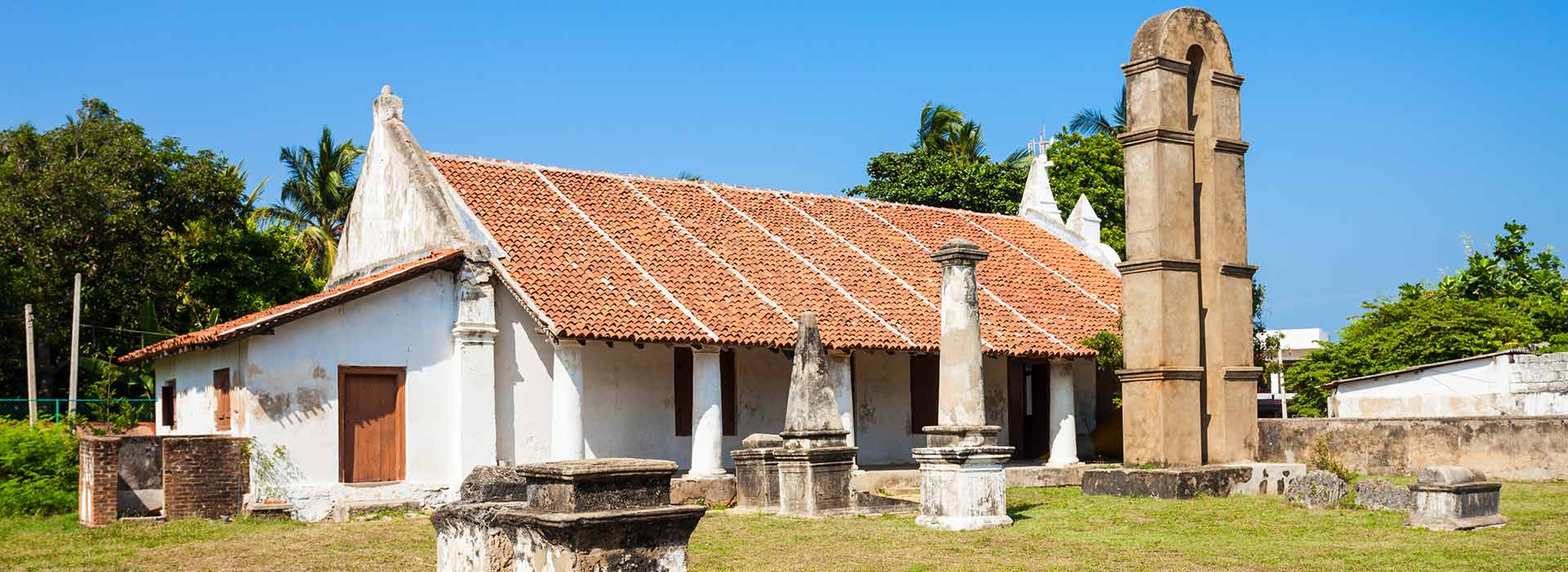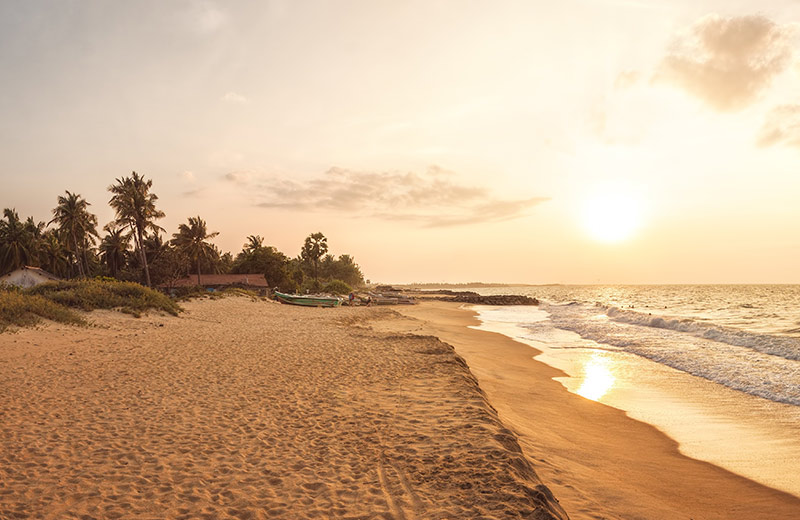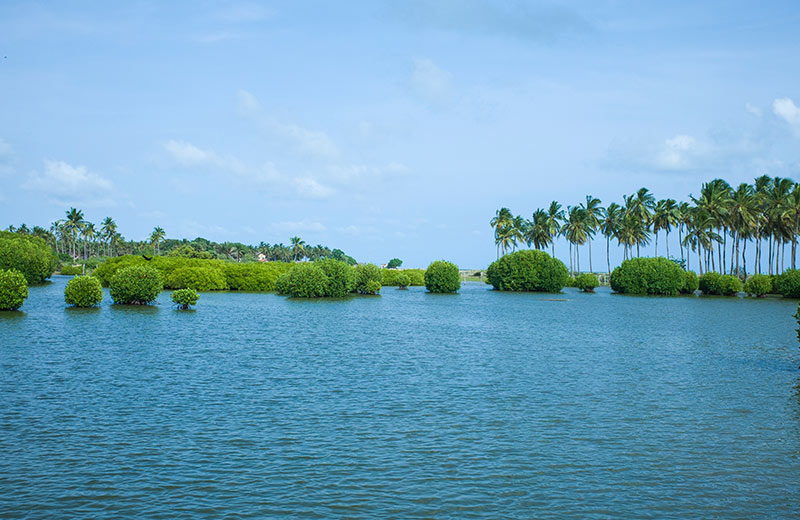Dutch Church Kalpitiya
The Story of the Colonial Church
The history of the Dutch Church at Kalpitiya is an interesting one. The town was once known to the ancient Tamil people of Sri Lanka as Kav Putti. Located in the North-Western province of Sri Lanka, Kalpitiya was a popular trading hub for the Arab merchants that passed through it centuries ago. Eventually, during the colonial era, the town was occupied by the Portuguese in the early 16th century and renamed to Kardiv Island, and subsequently bestowed to the Society of Jesus by the King of Portugal.
The reigning King of Kandy at the time, King Rajasinghe II, turned to the Dutch for help in reclaiming his land from the Portuguese. Subsequently, the Dutch conquered the area in 1659, but later refused to hand the town back to the king and instead constructed a fort that was completed in 1676. Kalpitiya was a strategically important location for the Dutch to control the external trade of the Kingdom of Kandy. Here, 350 meters from their fort, they built a small church.
British Occupation, Abandonment, and Renovation
When the British occupied the island at the end of the 18th century, the Dutch retreated to Colombo and the British found the fort abandoned save for one Dutch administrative officer, who surrendered to them. Services at the church were stopped, and the building was subsequently used by Anglican missionaries. The church was renovated around 1840, and the belfry is the original one. The church was managed by the Archeological Department of Sri Lanka until 2010 when it was given to the Dutch Reformed Church.
The structure of the church is fairly simple, however, the most intriguing feature is the tombstones on the floor with various inscriptions and epitaphs to read.



